What dabs lack in size, they make up for in sheer numbers. Most anglers will organise a dab trip or two when they need a boost in confidence after a few blanks during the tougher times of the angling calendar, when bites are few and far between. Dabs always seem eager to feed.
Any dab over a pound in weight can be classed as a good dab, with a fish over 1.25lbs classed as a specimen. Realistically, a genuine 2lb dab is the fish of a lifetime!
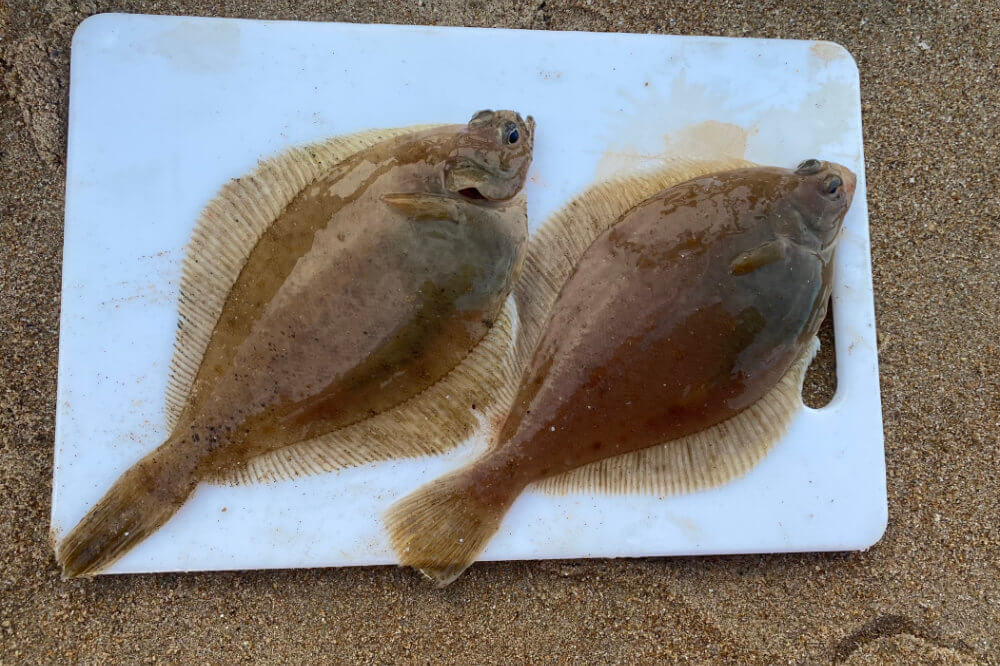
Season
Although dabs are caught throughout the year in most areas of the UK and Ireland, traditionally they are a winter target for most shore anglers. Their numbers increase as the sea starts to cool from October to Christmas, but the main season is from January to late March, which is when their numbers peak. It’s also when the biggest fish are likely to be caught, though bigger single dabs do seem to stay inshore into April but are often missed as fewer anglers are out targeting them.
Habitat
They are common on shallow sandy surf beaches, caught from deeper steep-to beaches, off breakwaters, piers, harbour walls and off deep-water rock ledges that give onto sand.
Typically, they are found over clean hard sand or muddy sand, but the bigger fish seem to show a preference for small sandy patches that lay among mussel beds or smaller patches of rougher ground. Big dabs are very predatory taking shrimp, small sandeel, sprat and other small fish, so it’s likely the bigger fish hide on the sandy patches and use them as a launch pad for attacks as prey swims by.
Look for the gullies that run parallel along the beaches, also for any depressions in the sand, as these will both hold dabs as the tide floods in. Also concentrate where small sandbanks are evident, as the dabs will sit at the base of these.
Small estuary mouths are also good places to find bigger dabs, where mussel beds and rock patches are scoured out.
Weather and Tides
Dabs living on surf beaches prefer fairly settled weather with a light surf. Either a gentle onshore or even a light offshore wind will see them happily feeding. They tend to move further out the heavier the surf becomes. They can also tolerate very cold water, so even during heavy frosts when the sand between low and high tide gets frosty and further cools the incoming tide, they will still move in to feed. On the deeper water venues, sea state does not really affect the dabs feeding patterns.
Tides are not overly important either. The neaps, with their more consistent depth of water close inshore, can concentrate the fish in better numbers and produce good catches. The bigger spring tides can see the fish more widespread.
Night tides always give better catches than daylight tides. The best tides are when low tide and high tide falls in darkness. This will bring in the bulk of the fish.
Tackle
Dabs tend to be further out than flounder, so casting distance can be important. For general fishing, a beachcaster around 13ft 9in and casting 150g will be perfect, like the Tronixpro Guerilla Sabotage. Match this either to an 8000 sized fixed spool like the Guerilla 8000 Surf or a Guerilla Mono Mag multiplier. Load the 8000 fixed spool with 20lb or 30lb Tronixpro X8 Power Braid and a 60lbs braid shock leader. The multiplier requires 15lb to 18lb Tronixpro Blaze Mono with a 60lb Tronixpro Xenon Shockleader.
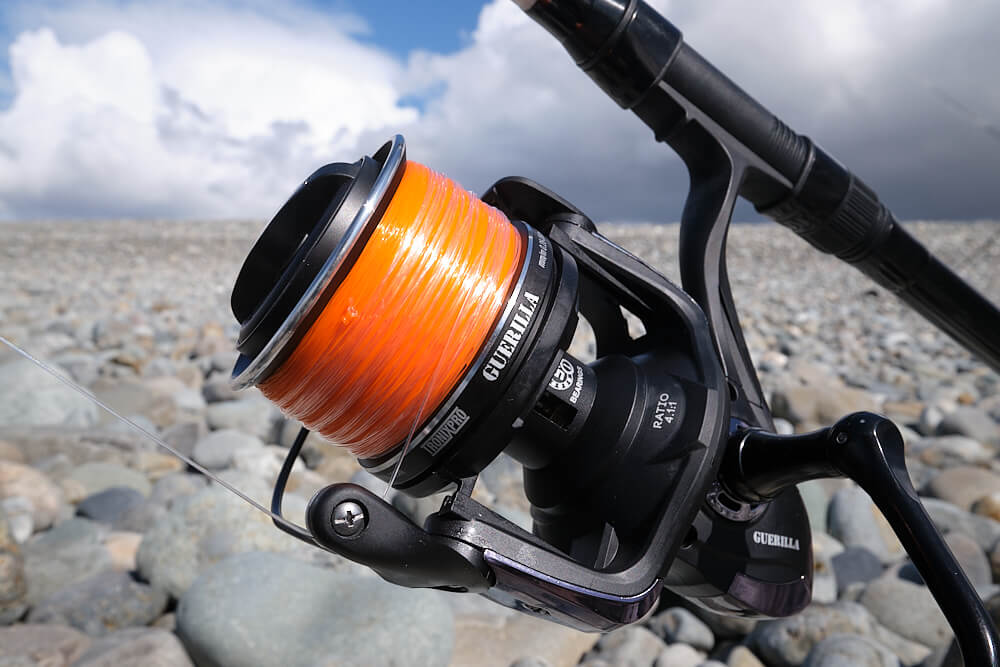
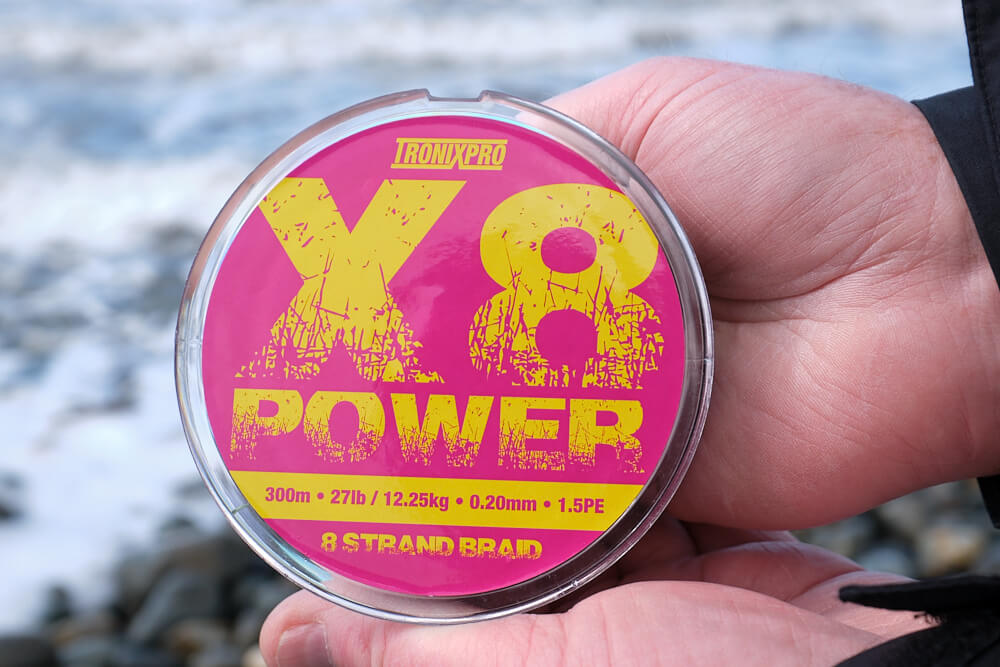
Alternatively, in calmer seas off the beaches and when the dabs are closer in, switch to a standard 11ft 6in bass rod rated to cast between 2 and 4ozs, like the Tronixpro Banzai Bass coupled with a Virtuoso Air 5000 sized fixed spool or a Guerilla Mono Mag multiplier reel. For lighter fishing, the Virtuoso Air carries 20lb braid with a 30 to 40lb braid leader, with the multiplier holding 15lb mono with a 30lb mono shock leader when using 3oz leads plus bait.
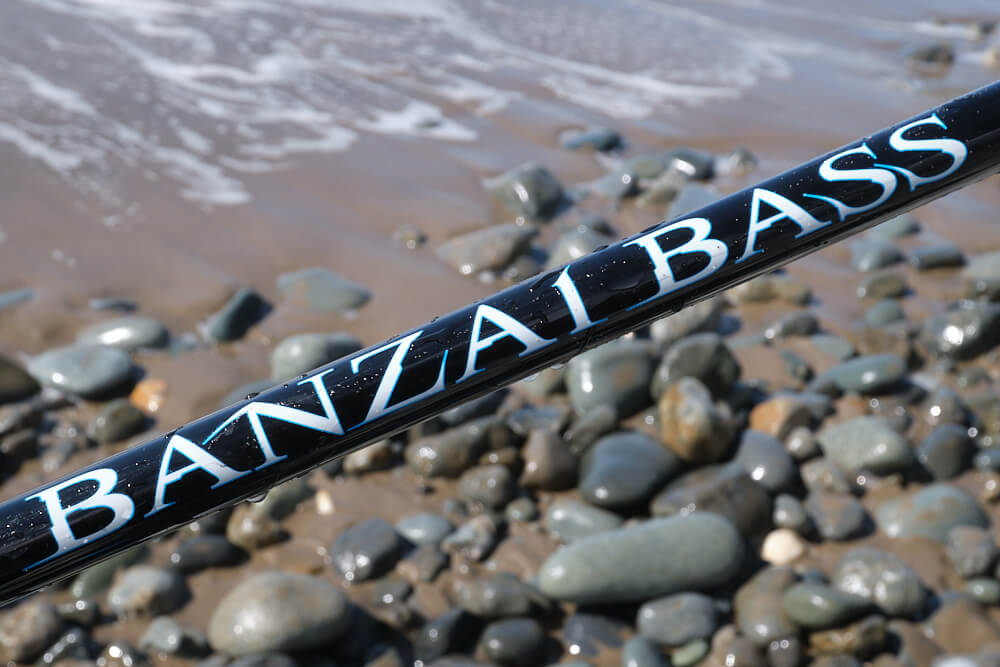
For long-range casting, choose a 1 Up/1 Down Clipped Up rig, with the lower hook length positioned just behind the lead clip. The hook lengths should be 15lb mono or Fluorocarbon in calmer sea conditions, but go up to 20lb for deeper water and rougher seas swells. Our favourites are Tronixpro Blackout memory free hooklength line or AXIA Fluorocarbon.
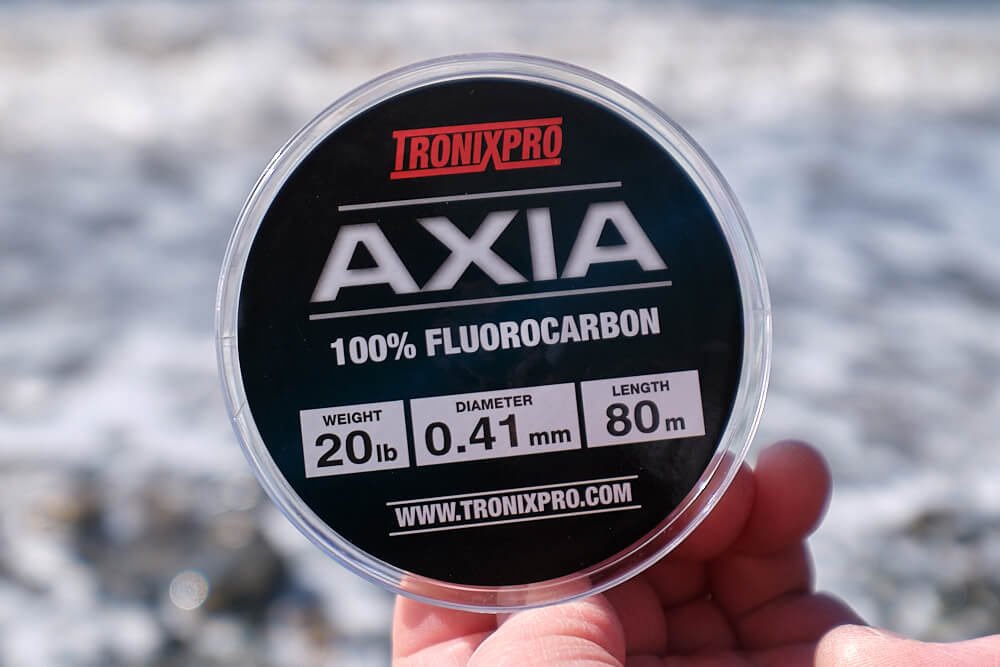
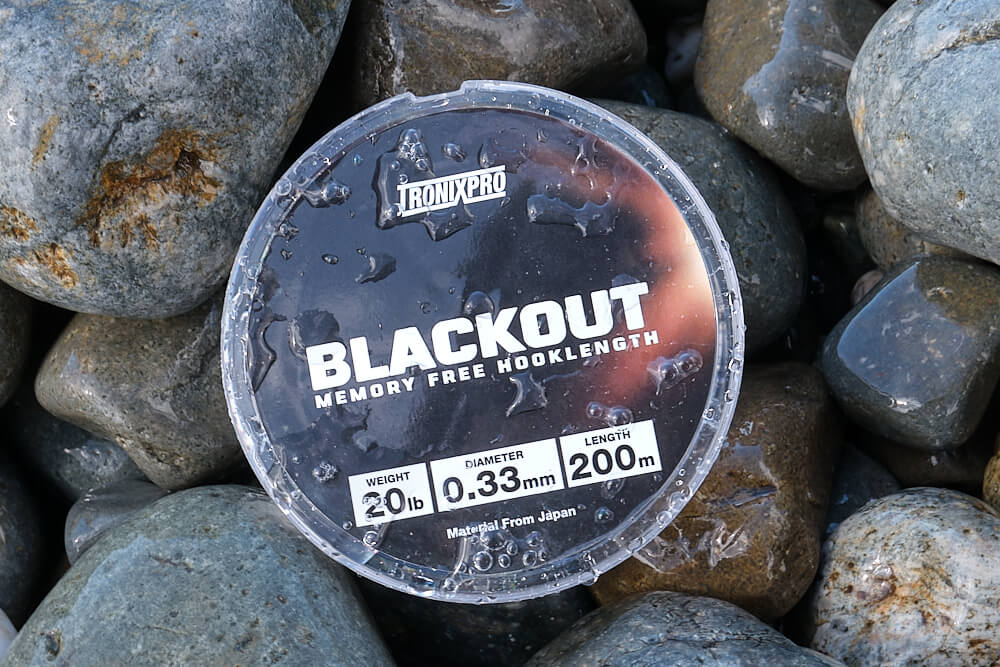
For deeper water situations, a 3-hook 1 Down/2 Up works well, but fish it with a slightly slack line bow and watch the bow in the line for bites. This trick helps keep all the baits tight to the seabed where the dabs are feeding.
Hooks should be Aberdeen patterns in sizes 6 to 4. Dabs have small mouths, so smaller hooks and baits will catch more fish. Tronixpro Aberdeen, Aberdeen Match and the T31 Fine Surf are all great dab fishing hooks.
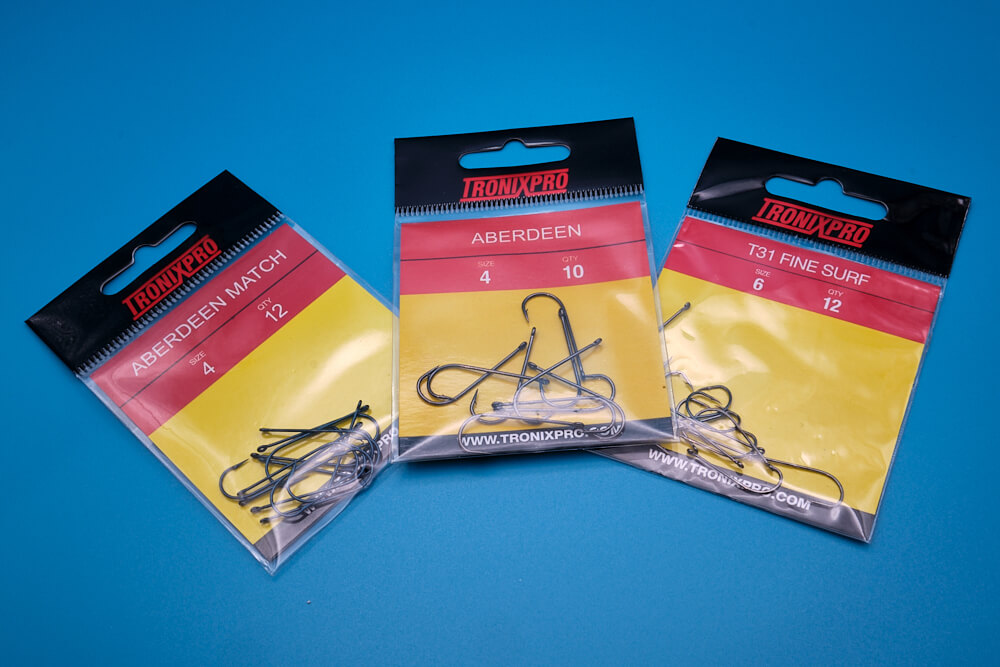
Baits
The top dab bait undoubtedly is sticky black lug. This is black lug that has been left exposed to damp air for a while until it becomes sticky to the touch. Alternatively, black lug that has been in and out of the freezer a couple of times and allowed to defrost before refreezing can also be effective.
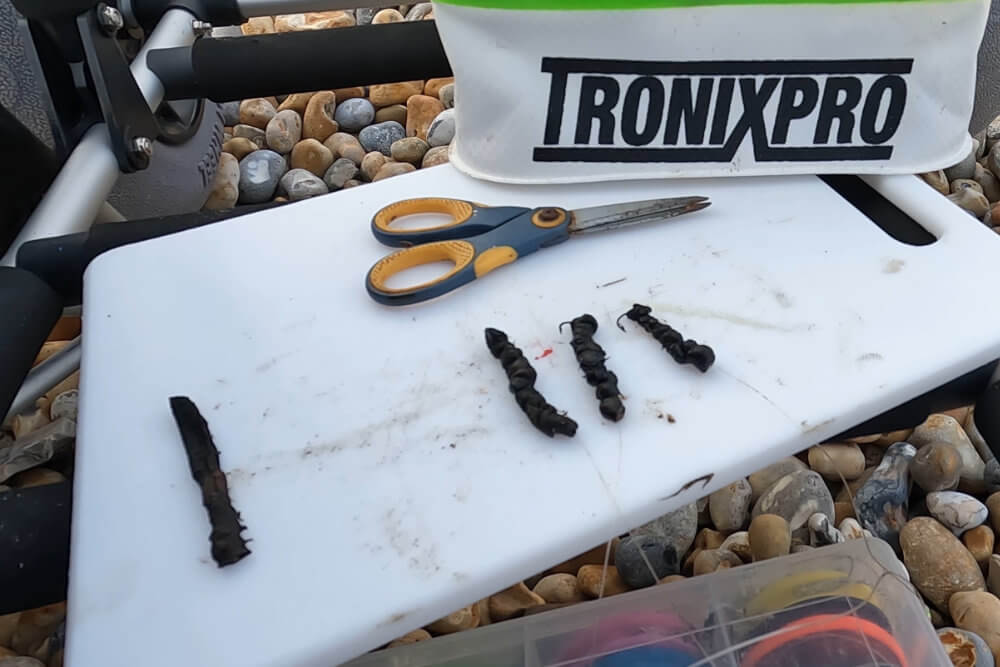
Other baits that work well are mackerel or herring strip, small strips of squid, single small mussel, sandeel sections, and in the post-Christmas period, small chunks of sprat well bound on to the hook with fine Tronixpro Baitex.
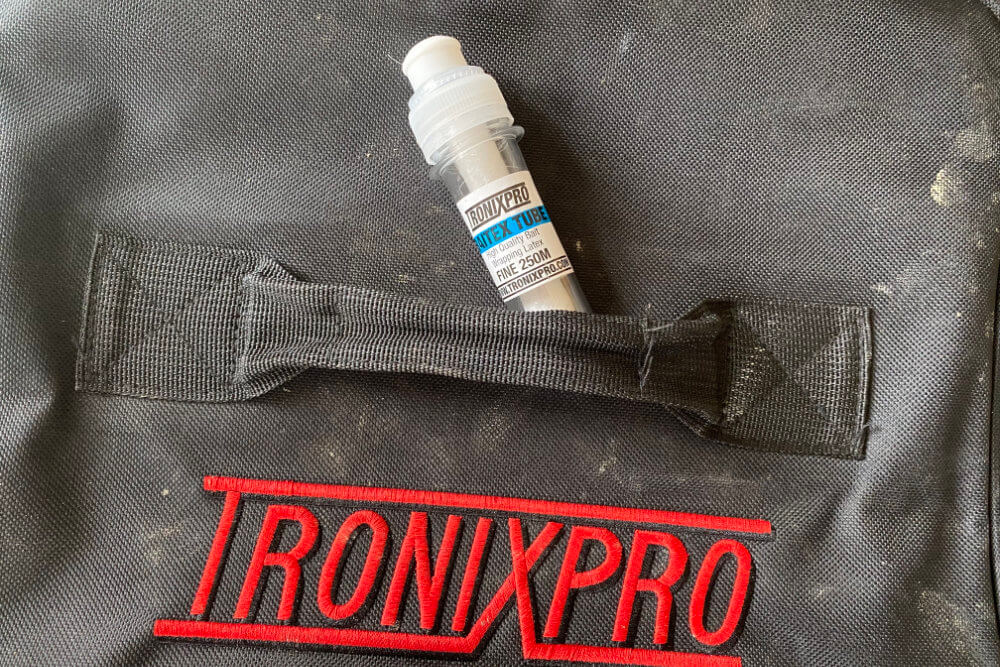
Blow lug works too, but is better with a small tippet on the hook point of either mackerel or squid to entice the dab to take at the hook point.
Use only enough bait to fill the hook and not quite hide the hook point.
Method
Longer casts from the low water line can find early dabs just as the tide is beginning to move after slack water. Expect the dabs to then move closer as the tide advances, but still be 50yds plus from shore on the shallower beaches.
Dabs prefer to hunt down their food, so fishing a static release wire lead and utilising the two or three baits to send food signals off downtide for the fish to follow up is the best tactic. Aim to change baits every 15-minutes or so, as the scent in a small bait will quickly thin out. And try to recast to the same general area to keep the area active. Dabs will come in to investigate other dab activity.
Dabs respond well to luminous beads (Tronixpro Luminous Oval Beads) at night in both clear water and water that is carrying a little sediment after rougher weather. Simply adding a single lumo green bead above the hook can be enough to alert fish to possible food and increase the bite ratio in clear water. In more coloured seas, have a few rigs made up with 4mm lumo beads, trapping the hook length swivels between crimps on the main rig body. This is highly visible to the dabs and again increases the number of bites you get. The lumo beads work best if you charge the beads with a Tronixpro UV Torch prior to casting.
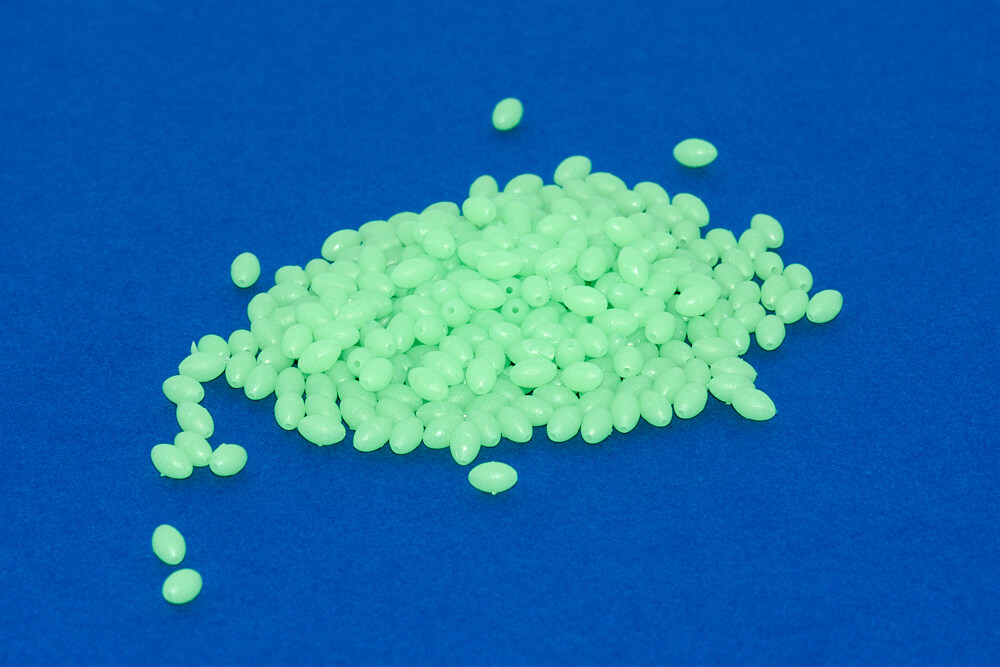
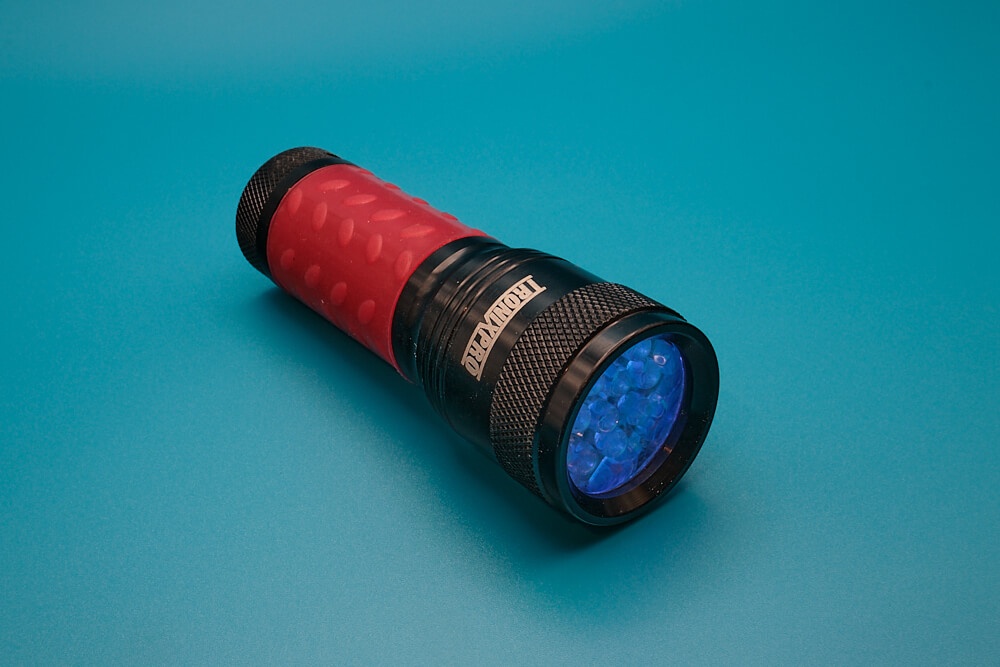
The 2 or 3-hook rigs give you the opportunity to mix up the baits or bait combinations, and after a few casts you’ll see which bait is taking the most fish. If you change to this bait on all the hooks, you’ll maximise your catches.
Dabs can swallow the hook easily, so always carry one of the Tronixpro Disgorgers in small. These allow access to deep hooks in small mouths and make hook removal much easier, below is a video demonstrating how these near disgorgers work. If you crimp the barbs on the hooks down, it will make no difference to the number of fish you land, but makes unhooking so much easier.


